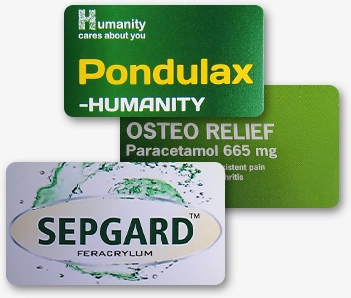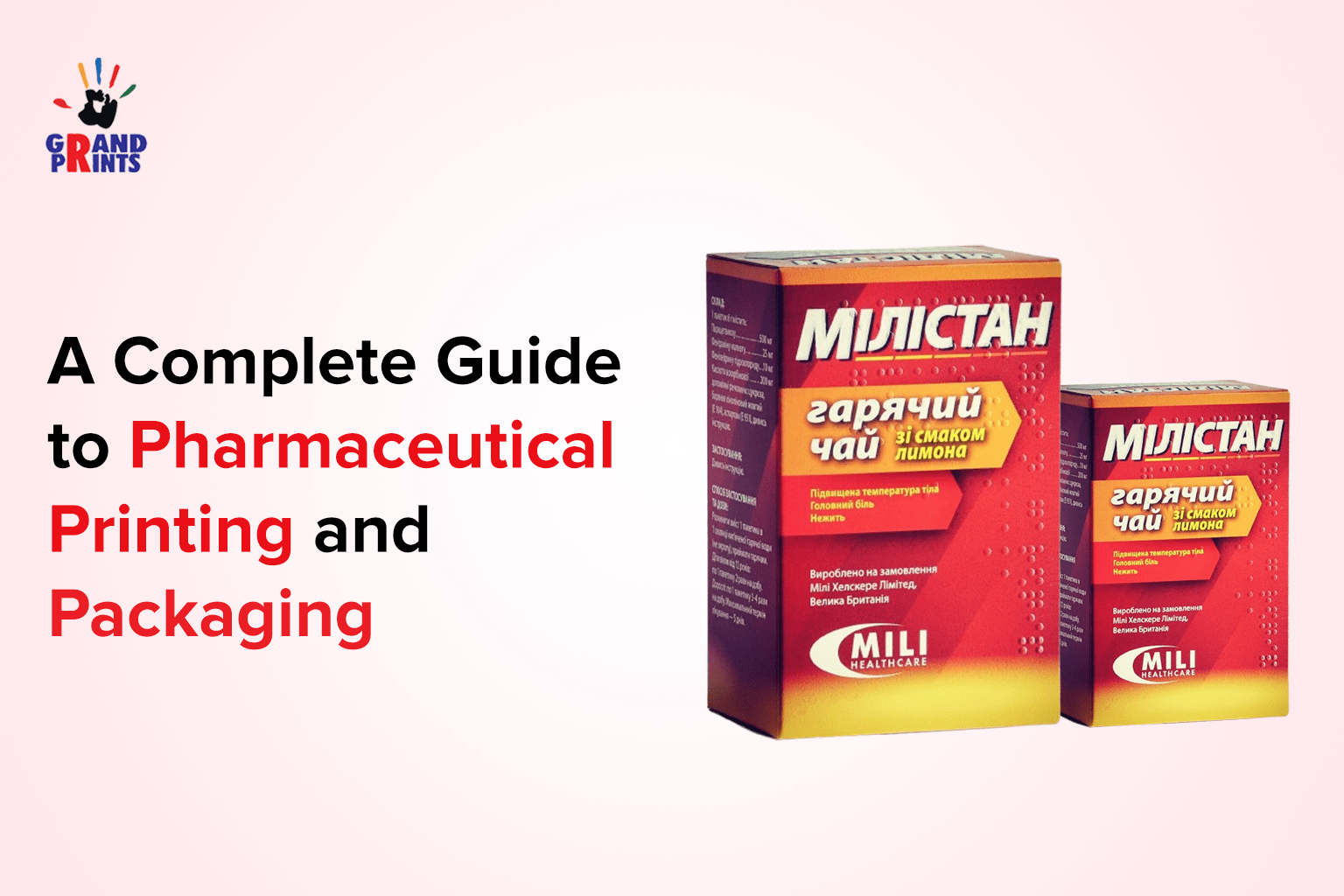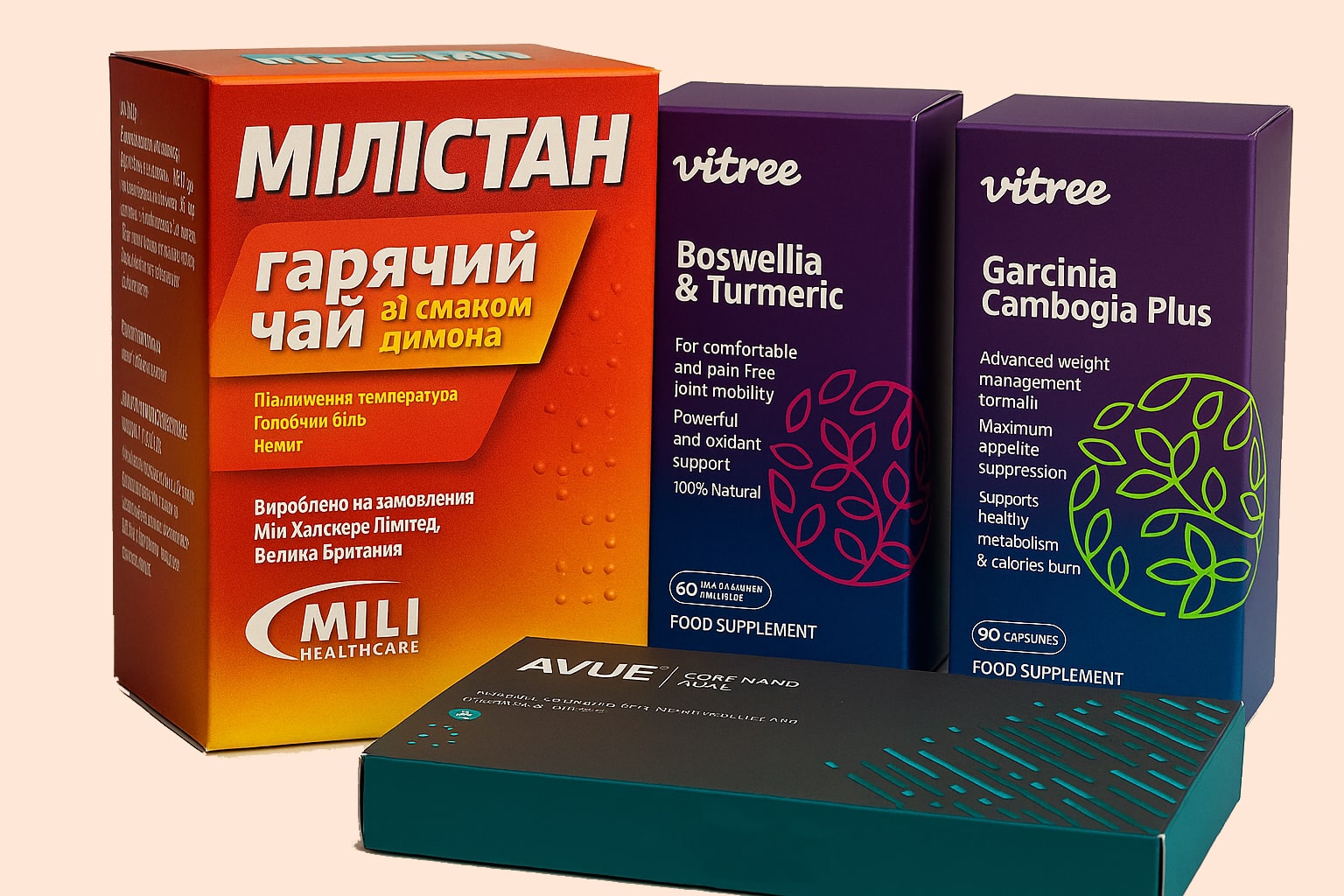What is pharmaceutical printing and why is it important?
Pharmaceutical printing involves printing critical information like dosage, expiry date, and batch number on packaging materials. It ensures patient safety, regulatory compliance, and brand integrity by making sure that all required details are legible, tamper-proof, and traceable.




